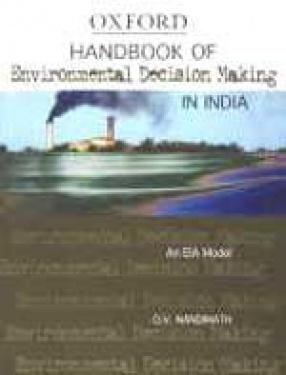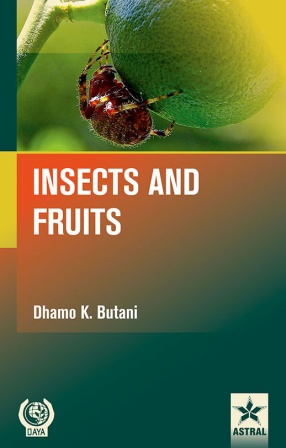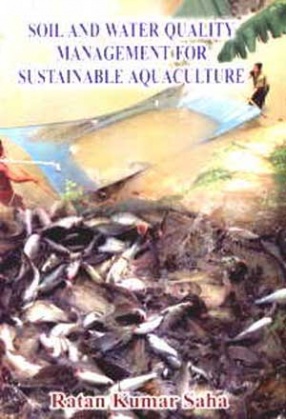In this era of unceasing industrialization, rising air and water pollution levels, and rapidly depleting natural resources, the earth’s natural environment has inevitably become the ultimate casualty. At the same time, a new understanding has gradually come about that sustainable development, which balances the goal of economic growth with the need for protecting nature, is the way out of the trap of ecological disaster. In this context this handbook critically examines India’s recently revamped Environment Impact Assessment (EIA) regime, the tool used the world over to achieve sustainable development. It analyses the three significant phases of the legal development of EIA in India: the pre-1994 phase, when EIA studies were done only for specified government projects; the period from 1994 to 2006, which witnessed the coming into use of a legal framework through the 1994 regulations; and finally, the post-2006 phase, which has seen the coming into force of the re-engineered EIA regulations issued by the Ministry of Environment and Forests. Nandimath poses the crucial question whether the new regulations address major concerns such as the importance of public participation and social impact assessment. He underlines the need for institutions like ministries and state pollution control boards to be more pro-active. He examines the influence of international institutions on policy decisions. This work explains all key aspects of the environment impact assessment process in a detailed and authoritative, yet non-technical, way. This volume will be of interest to officials in the central and state pollution control boards, policymakers in the fields of industry and environment, advisors to industry, environmental activists, and lawyers, judges, professionals, as well as scholars in the field of environment management.
Handbook of Environmental Decision Making in India: An EIA Model
In stock
Free & Quick Delivery Worldwide
reviews
Bibliographic information
Title
Handbook of Environmental Decision Making in India: An EIA Model
Author
Edition
1st ed.
Publisher
Oxford University Press, 2009
ISBN
0195697367
Length
xii+234p.
Subjects





There are no reviews yet.